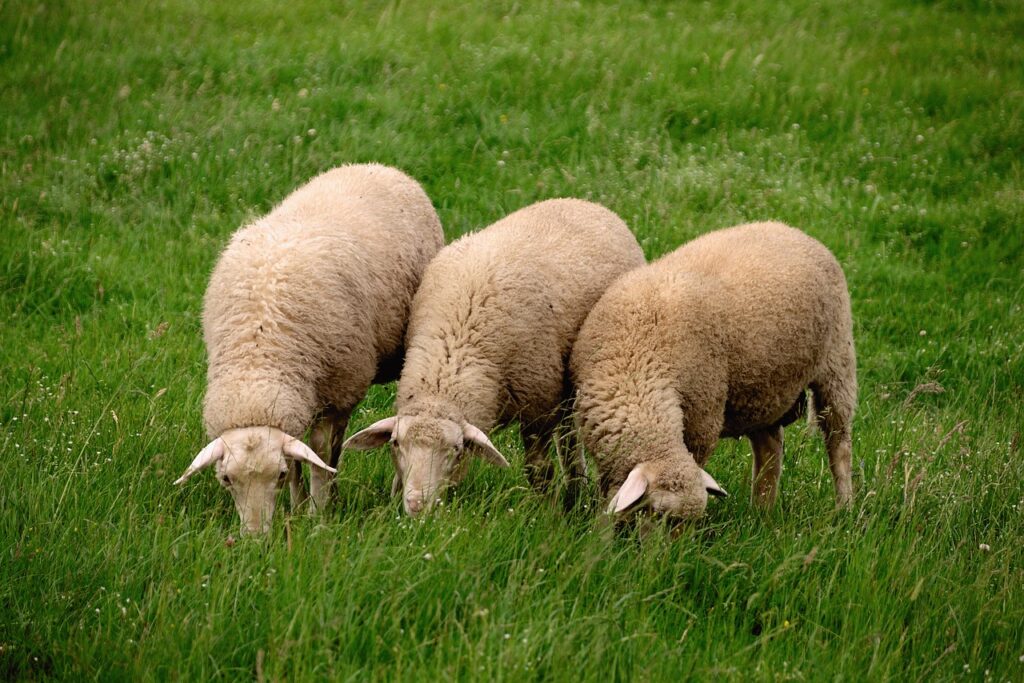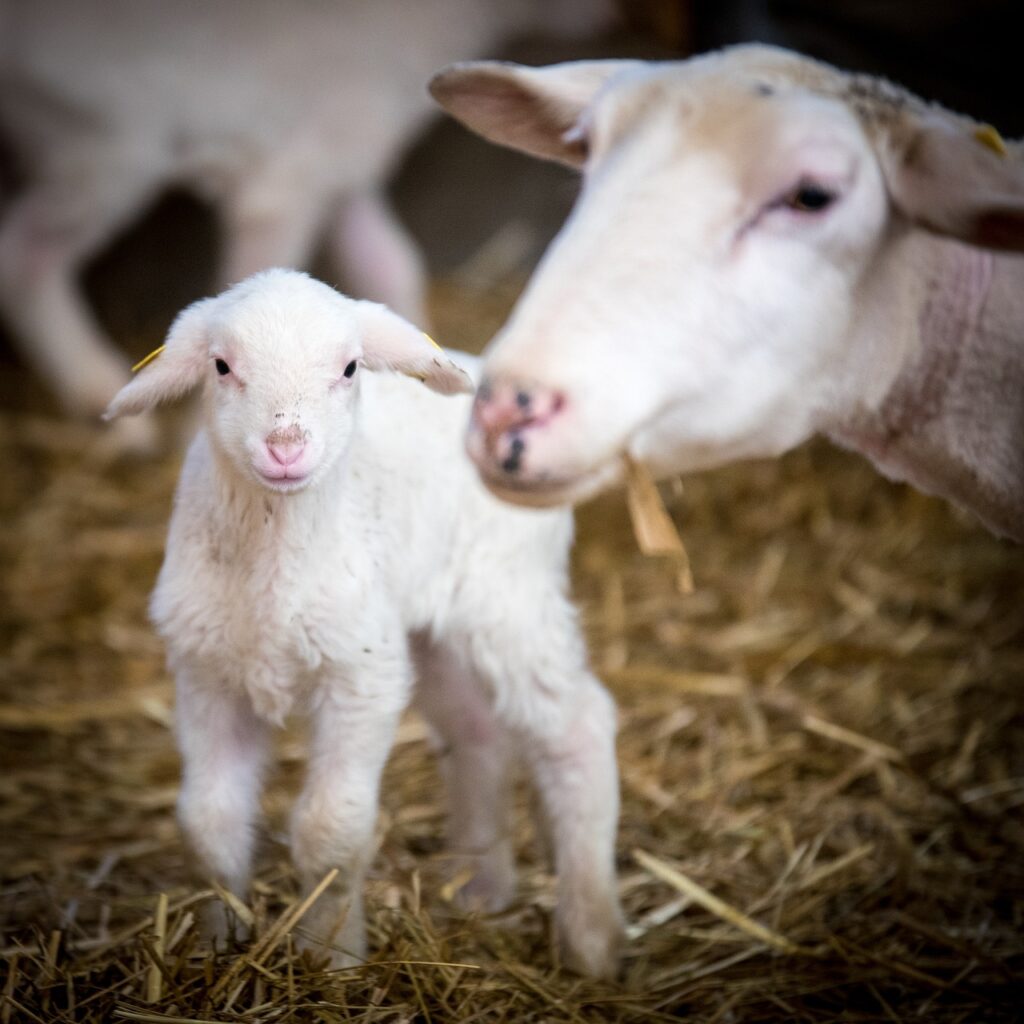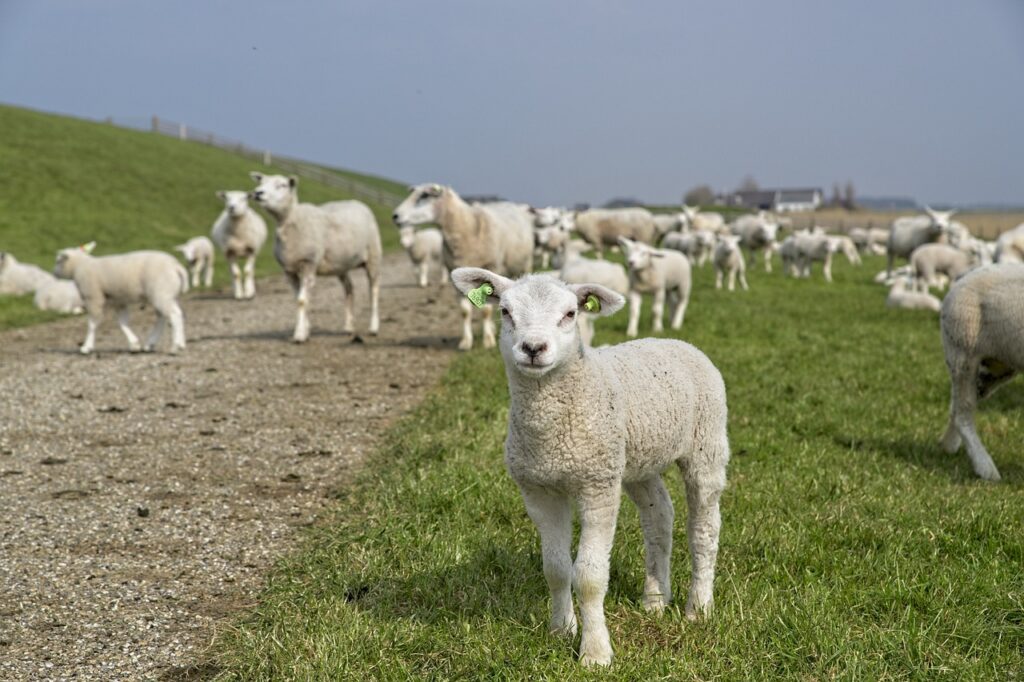The birth weight of a lamb, like any newborn animal, is a critical factor in its health and future development. Understanding the typical weight range of newborn lambs can provide valuable insights for farmers, veterinarians, and anyone interested in the care and welfare of these young animals.

Understanding Lamb Birth Weight
Lambs, like other mammals, are born with varying weights depending on factors such as breed, genetics, nutrition of the mother, and overall health. The birth weight of a lamb is not only an indicator of its health at birth but also plays a role in its growth trajectory and survivability.
Average Birth Weight
On average, most lambs are born weighing between 5 to 8 pounds (2.3 to 3.6 kilograms). However, this can vary significantly between different breeds. For example, some larger breeds may have newborn lambs weighing closer to 10 pounds (4.5 kilograms) or more, while smaller or miniature breeds may have lighter newborns, often around 4 to 5 pounds (1.8 to 2.3 kilograms).
Factors Influencing Birth Weight
Several factors influence the birth weight of lambs:
Breed Characteristics
Different sheep breeds have distinct characteristics, including size and weight. Breeds known for their larger size tend to have heavier lambs at birth compared to smaller or miniature breeds.
Genetics
Genetics plays a crucial role in determining the birth weight of lambs. Offspring typically inherit their birth weight tendencies from their parents, with larger, well-nourished ewes often giving birth to heavier lambs.
Nutrition of the Ewe (Mother)
The nutrition and health of the ewe during pregnancy directly impact the weight and health of the lamb at birth. Adequate nutrition ensures optimal fetal development and a healthy birth weight.
Gestational Age
The length of gestation also influences birth weight. Lambs born prematurely may weigh less than those born at full term, although premature lambs require special care to support their growth and development.

Importance of Birth Weight in Lamb Health
Early Growth and Development
A lamb’s birth weight sets the stage for its early growth and development. Heavier lambs at birth often have a better chance of thriving and reaching developmental milestones more quickly than lighter counterparts.
Vitality and Survival
Birth weight correlates with lamb vitality and survival rates. Heavier lambs are typically more robust and resilient, with a stronger ability to withstand environmental challenges and health stressors.
Milk Production and Nursing
The birth weight of a lamb influences its ability to nurse effectively. Stronger, heavier lambs are more likely to successfully nurse from the ewe, ensuring they receive adequate colostrum and milk for optimal growth and immunity.

Managing Birth Weight in Lambs
Monitoring and Record-Keeping
Farmers and breeders should monitor and record lamb birth weights as part of their management practices. Keeping accurate records helps track growth patterns and identify any potential health concerns early on.
Nutritional Support
Providing ewes with balanced nutrition throughout pregnancy is essential for promoting healthy birth weights in lambs. High-quality forage, supplemental feeds, and access to clean water support fetal growth and development.
Veterinary Care
Regular veterinary care, including prenatal checks and monitoring, ensures the health and well-being of both the ewe and her developing lambs. Early detection of any health issues can help prevent complications that may affect birth weight.
Conclusion
The birth weight of a lamb is a crucial determinant of its health, growth, and survivability. Understanding the factors influencing birth weight, monitoring lamb health closely, and providing optimal nutrition and care are key responsibilities for farmers and caregivers. By prioritizing these factors, farmers can contribute to the well-being and success of their flock, ensuring healthy lambs and thriving sheep operations.
Whether you’re a farmer, a researcher, or simply curious about sheep husbandry, knowing how much a lamb weighs at birth sheds light on the intricate world of animal development and agricultural practices. Each newborn lamb represents the promise of new life and the continuation of a legacy shaped by careful breeding and nurturing.